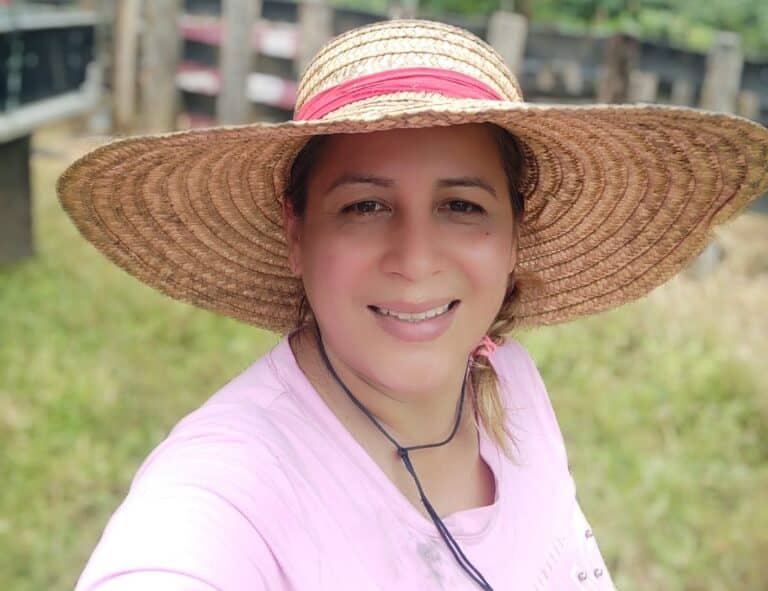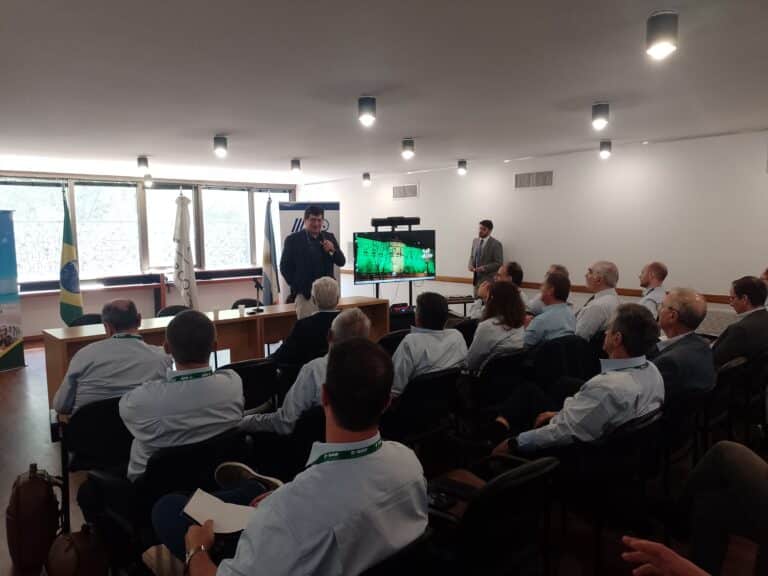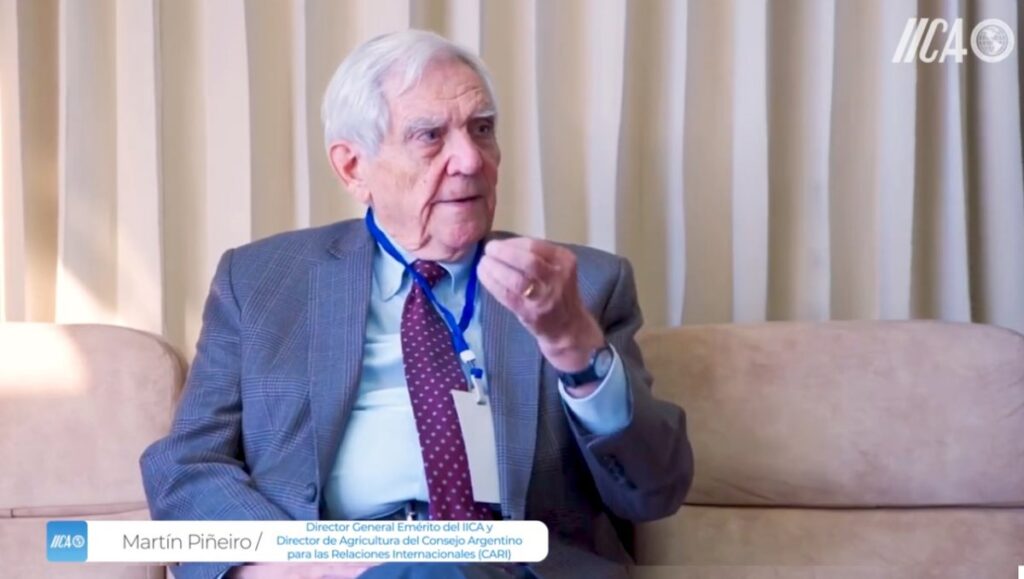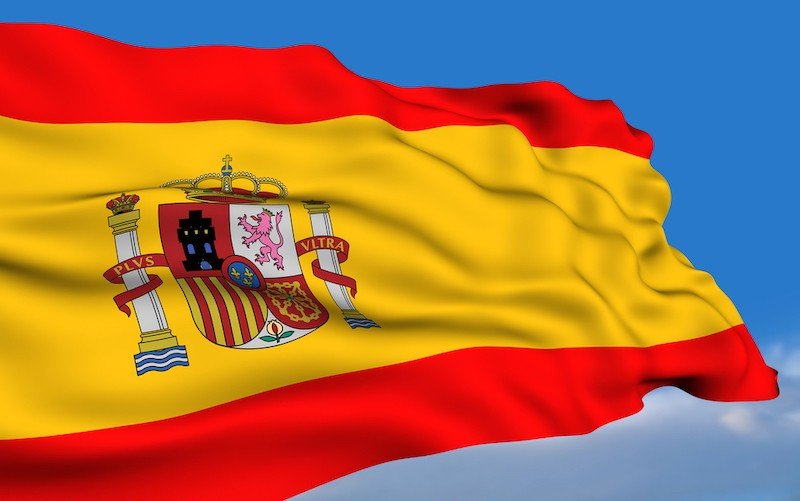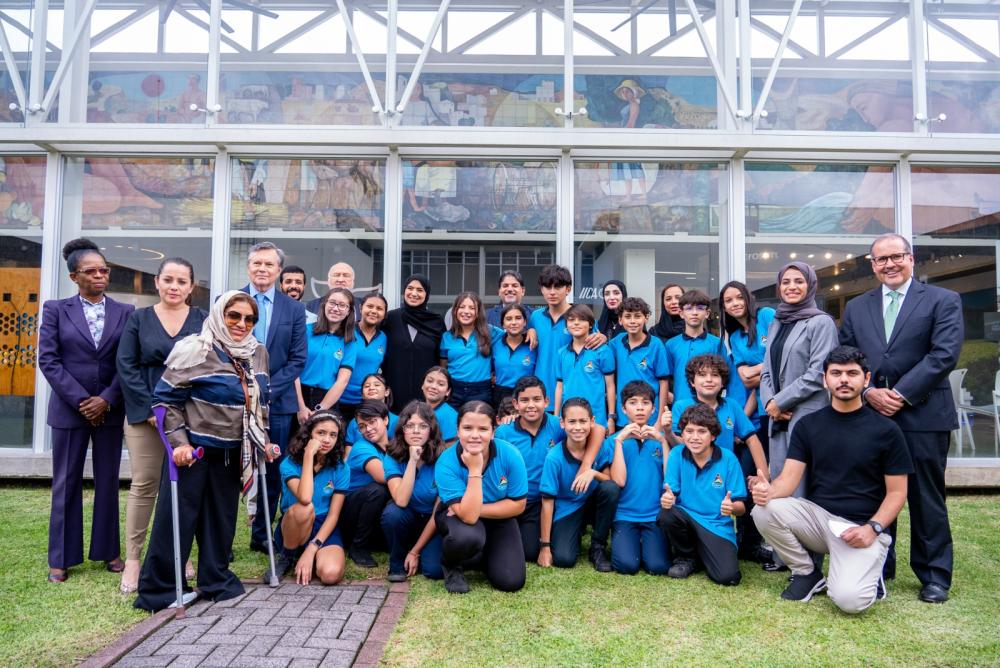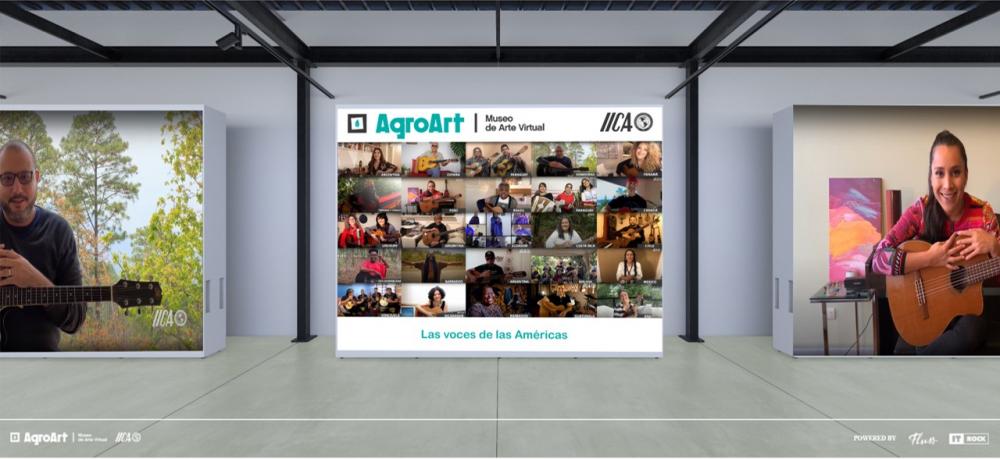At the new Agricultural Machinery and Geomatics Center you can experience a wide range of practices, including soil preparation, the fertilization and planting of crops, plant protection, and the collection of the harvest.
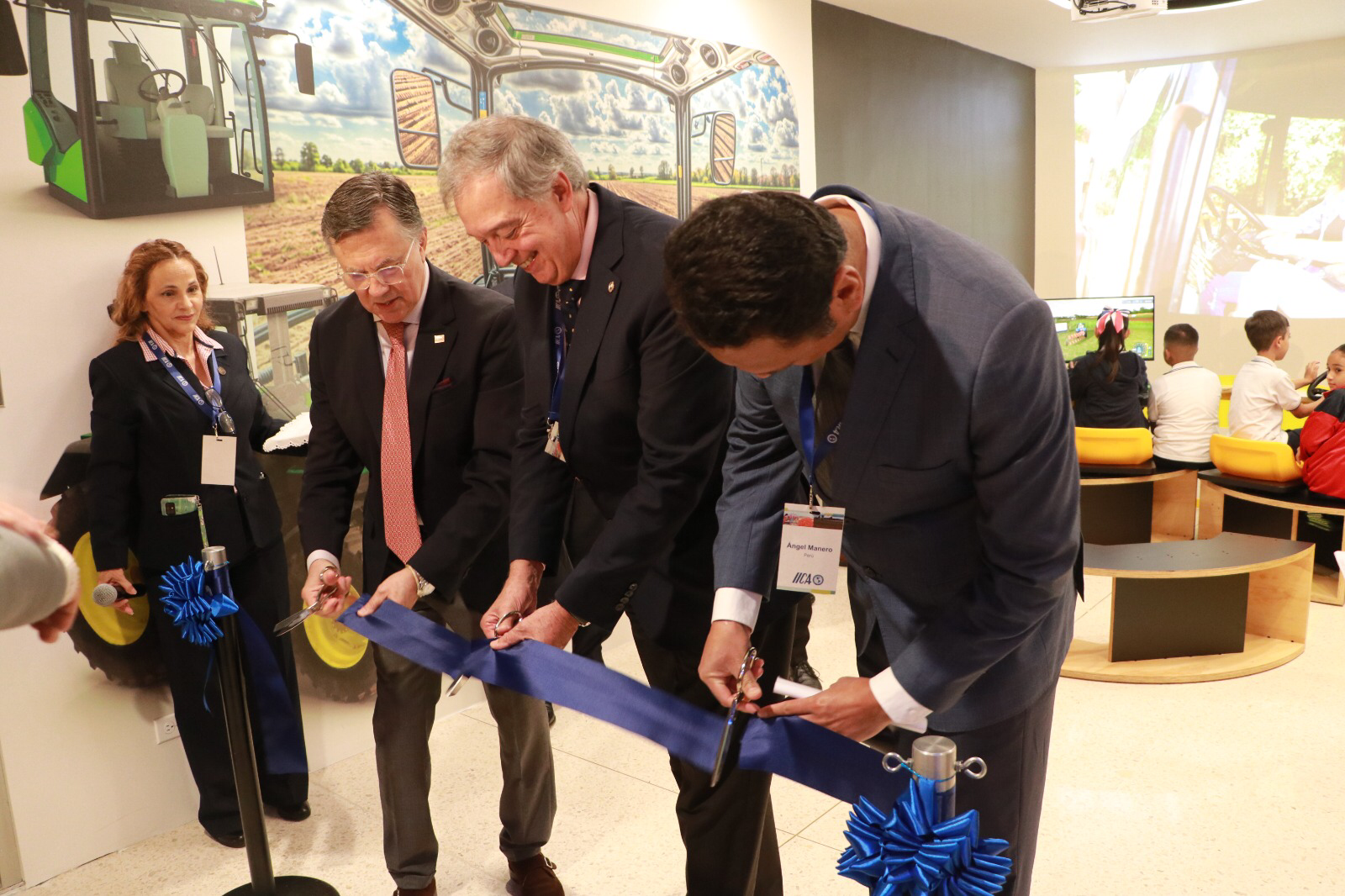
San José, 5 August 2024 (IICA). Under its “Open Doors” initiative, the Inter-American Institute for Cooperation on Agriculture (IICA) created a technological hub to showcase agricultural innovation and sustainability at its Headquarters in San José, Costa Rica. The latest addition to the hub is the Agricultural Machinery and Geomatics Center, a simulator that allows users to explore different agricultural activities in an interactive, educational way and use the relevant machinery.
The opening of the new Center was attended by senior agriculture sector officials from countries in the Americas, such as ministers and secretaries of agriculture, including the Chair of the Inter-American Board of Agriculture (IABA) and Minister of Livestock, Agriculture and Fisheries of Uruguay, Fernando Mattos; Rural Leaders; IICA officials; and students, who are the principal target audience for the initiatives contemplated under IICA’s “Open Doors” program.
The various elements of IICA’s “Open Doors” initiative offer visitors different ways of immersing themselves in the innovation and transformation of the continent’s agrifood systems and sustainable agriculture, as well as promoting the application of digital technologies in agriculture.
The Agricultural Machinery and Geomatics Center is part of the CIMAG, the Interpretive Center for Tomorrow’s Agriculture, an interactive educational space with various exhibits showcasing the technologies that are transforming the region’s agriculture and allowing students and other visitors to experiment with those technologies.
IICA’s “Open Doors” initiative also includes the Digital Fabrication and Community Innovation Laboratory (FabLab-LINC); the Typical Rural House, which evokes the rural traditions of our continent; the Forest of the Americas, planted with species of trees representative of the entire hemisphere, which shows how agriculture and environmental conservation can go hand in hand; and the Plaza of Agriculture of the Americas, at the entrance to the Institute, for members of the public, which connects it with the Costa Rican community and highlights the value of agriculture and biodiversity and their importance for society.
This ambitious IICA institutional transformation project is rounded off with the agriculture and urban art mural, and the AgroArt virtual art museum, all initiatives that are also presented on the IICA 3D web platform.
At the new Agricultural Machinery and Geomatics Center you can experience a wide range of practices, including soil preparation, the fertilization and planting of crops, plant protection, and the collection of the harvest.
Each stage permits visitors to handle different types of machinery and their implements, and thus gain a comprehensive understanding of the agricultural process and the technologies used to optimize production.
It also incorporates precision agriculture concepts, such as the use of global positioning stations in real time for greater accuracy in carrying out agricultural activities, soil sampling and the quantification of nitrogen in crops.
“We continue to create spaces that allow children, young people and adults to actively convert knowledge into action. They are experiential spaces that combine technology and agriculture, art and science, all drivers of rural development with a clear sense of the future,” said IICA Director General Manuel Otero in outlining the purpose of the new Center.
IICA’s Headquarters in San José have also become a center for dialogue and knowledge on agriculture, rurality and international technical cooperation. In 2023 alone, they hosted more than 325 in-person meetings, mostly high-level events of great significance for the future of the agriculture sector in the Americas, with almost 9000 participants.
This year, some 15,000 people, most of them students but also presidents, ministers and secretaries of agriculture, ambassadors, representatives of the private sector, researchers and academics, will visit IICA Headquarters and its “Open Door” facilities.
More information:
Institutional Communication Division.
comunicacion.institucional@iica.int


